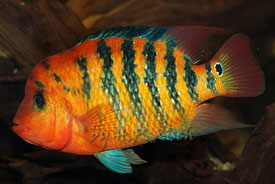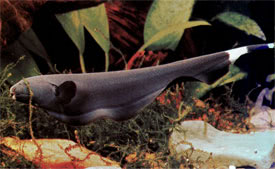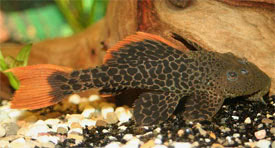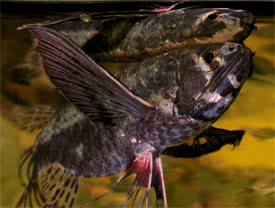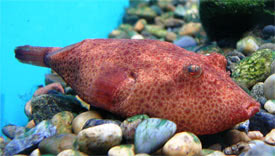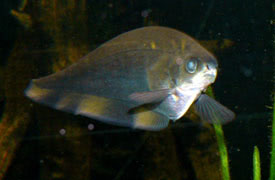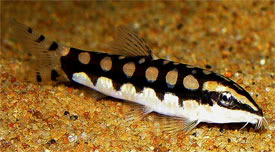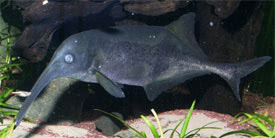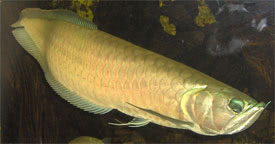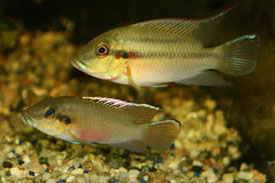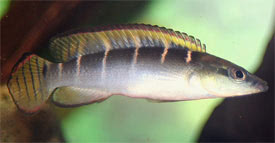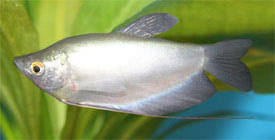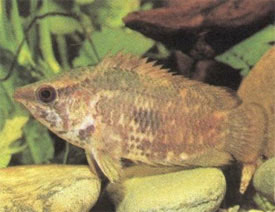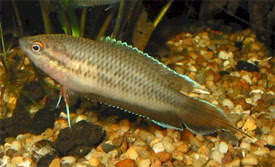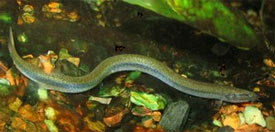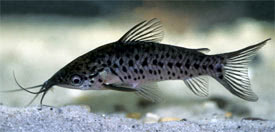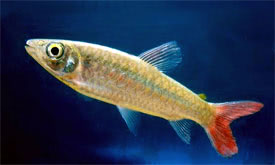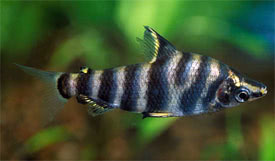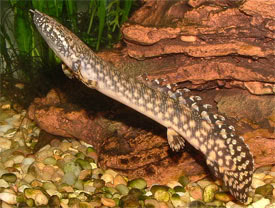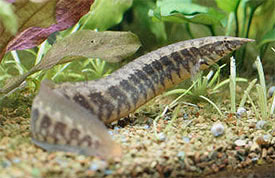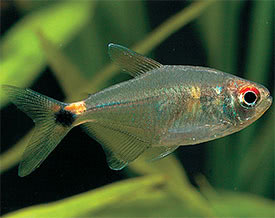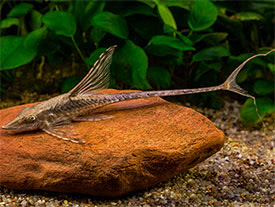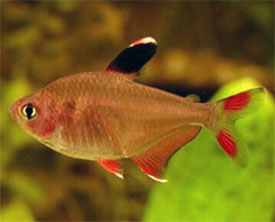
 Magyarul / Hungarian
Magyarul / Hungarian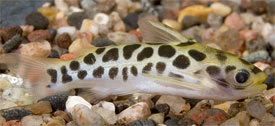
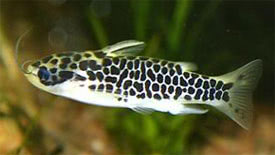
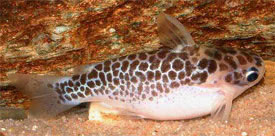
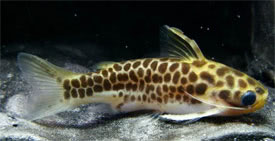
- Scientific name : Centromochlus perugiae
- Synonyms: Tatia perugiae
- Common name: Oil Catfish, Oil Woodcatfish, Perugia's Woodcat
- Group: Catfishes
- Habitat: South America; Peru, Columbia, Ecuador
- Size: 6 cm
- Biotope: Inhabits in fast flowing rivers, near the shoreline, where the substrate usually sandy.
- Social behavior: A peaceful fish ideal for a community tank. Unaggressive towards conspecifics. You can keep them singly or in a small group.
- Diet: Carnivorous in the wild, they feed on insects; In aquarium they accept live and frozen foods such as bloodworm, earthworms, and also accept sinking or tablet foods. Feed them after the lights out.
- Breeding: Quite easy
- Tank: Minimum 65 litres
- Population: 4 fish for 80 litres
- Decoration: Requires plenty of hiding places to hide during the day. Use sandy substrate, and they require a good amount of water flow.
- Temperature: 24-30 °C
- pH: 6-7
- Hardness: 1-25 NK°
- Lifespan: 5 years
Description: The base color of Oil Catfish is whiteish or yellowish, with irregular reticulated black pattern. The fins are clear. A nocturnal catfish, which feeds in the open water, near the surface. Females are much rounder than males when gravid. The male's anal fin is modified with the first and second ray thickened and longer, similar to the gonopodium found in livebearing toothcarps.
They only spawn, when the tank has a moderate to fast water flow, and has lots of small crevices where the eggs are laid. Fertilisation takes place internally, via the modified anal fin of the male, and the eggs deposited 24-48 hours later in the small caves by the female. The female guards the eggs until they hatch. After 6-7 days the fry use up their yolk sacs, and can be fed with microworm or brine shrimp nauplii. Like the adults they will only feed during the night. They prefer to hide near the surface. Fine-leaved floating plants such as Riccia are ideal for this purpose.





















































